Rakkojae, l'expérience de la culture coréenne (락고재)
1.0Km 2019-02-12
49-23, Gyedong-gil, Jongno-gu, Seoul-si
Si vous désirez vraiment connaître la Corée, vous devez connaître le mot "pungnyu".
Pungnyu, est un idéal qui a été transmis à la culture coréenne depuis la création de la nation et qui signifie l’harmonie entre l’homme, la nature et la poèsie.
Rakgojae est un centre culturel qui a récemment ouvert au Village Hanok Bukchon à Séoul et qui permet aux visiteurs de découvrir l’idéal coréen pungnyu.
Le centre offre des démonstrations de musique, de danse et d’arts traditionnels coréens, transmettant la culture pungnyu.
Buckchon est un endroit qui a été préservé pour sauvegarder des informations sur le style de vie des gens de l’époque de Joseon. Le village est très apprécié des visiteurs étrangers qui espèrent ainsi découvrir un aspect plus traditionnel du pays. Situé au centre de Bukchon, Rakgojae accueille les visiteurs étrangers. Il leur offre la possibilité de louer une maison pouvant héberger jusqu’à 9 personnes. Un repas coréen typique sera servi aux invités.
De chaque côté du village, se trouvent des grands palais : le Palais Gyeongbokgung, le Palais Changgyeonggung et le Palais Changdeokgung. Les visites peuvent se poursuivre par Jongmyo, le sanctuaire ancestral royal qui abrite les tablettes des souverains de Joseon et de leurs reines. Les visiteurs de Rakgoje peuvent en profiter pour visiter les sites touristiques à proximité et ainsi plonger dans les vies des aristocrates du passé.
Musée d’art Ilmin (일민미술관)
1.0Km 2022-09-27
1, Cheonggyecheon-ro, Jongno-gu, Seoul-si
Le musée d’art Ilmin se situe dans l’ancien bâtiment du journal Dongah. Le journal Dongah a été crée en 1926 et siègea dans ce lieu pendant 66 ans. Il représente le plus ancien bâtiment de presse en Corée. Il a été fermé pendant un an pour cause de travaux de rénovation et a été réouvert en 1996. Le musée a gardé son sol en carrelage et ses murs de verre malgré les années.
De la dynastie Goryeo (918-1392), il y a 430 pièces de la collection Ilmin(M. KIM Sang-Man) et 1200 pièces de la collection d‘art du journal Dongah, et 100 pièces d’art appartenant à la société Hyundai.
Cette collection provient surtout de Kim Sang-Man. La plupart des pièces sont des peintures. Or certaines oeuvres sont importantes pour l’histoire. La collection Hyundai contient particulièrement des peintures de critiques sociales. Au sous-sol se trouve une boutique d’objets d’art où il y a aussi des peintures originales.
New Seoul Hotel (뉴서울호텔)
1.0Km 2021-05-11
16, Sejong-daero 22-gil, Jung-gu, Seoul
+82-2-735-8800
New Seoul Hotel is conveniently located in central Seoul near City Hall, providing guests with easy access to shopping, sightseeing, and more. The guestrooms are outfitted with modern amenities for a comfortable stay, and the hotel has several dining, entertainment and convenience facilities such as a business center, a souvenir shop and men's sauna.
Janggeumi Jeonjip (장금이전집)
1.0Km 2021-03-20
147-9, Toegye-ro, Jung-gu, Seoul
+82-2-771-5279
As a place well-known among not only Koreans but also foreigners, it sells a variety of Korean dishes. The best menu at this restaurant is stir-fried seafood. This Korean dishes restaurant is located in Jung-gu, Seoul.
C TAVERN (씨태번)
1.0Km 2021-03-18
52, Myeongdong, 8ga-gil, Jung-gu, Seoul
+82-2-778-0770
A beer specialty restaurant located in Myeong-dong, Seoul. A bar selling craft beer. The most famous menu is house-made beer.
Huijukuijuk (희죽희죽)
1.0Km 2021-03-24
52, Myeongdong, 8ga-gil, Jung-gu, Seoul
+82-2-318-5077
It is a specialty store selling traditional porridge. The best menu at this restaurant is abalone porridge. This Korean dishes restaurant is located in Jung-gu, Seoul.
Libuk Sonmandu (리북손만두)
1.0Km 2019-08-28
17-13, Mugyo-ro, Jung-gu, Seoul
+82-2-776-7361
Libuk Sonmandu restaurant is located deep in the alleys behind Seoul City Hall in the Mugyo-dong area. It is famous for kimchimari bap and sonmandu (handmade dumplings). Kimchimaribap is rice in a soup of kimchi and ice cubes with various added flavorings that originated in North Korea. This is a refreshing dish for summer. Other items on the menu are bindaetteok (mung bean pancake) and mandu jeongol (dumpling hot pot).
Rakkojae Seoul Bukchon Hanok Hotel [Korea Qaulity] / 락고재 서울 북촌 한옥호텔 [한국관광 품질인증/Korea Quality]
1.0Km 2021-10-27
49-23, Gyedong-gil, Jongno-gu, Seoul
The main building in Seoul is a traditional Korean cultural space renovated by Jeong Yeong-jin, a human cultural asset, from a hanok with a history of 130 years. Traditional flags, fences, pavilions, chimneys, and jangdokdae are holding the blue sky with pine trees, creating a harmonious Korean-style house. Passing through the elegant tall gate, as you see the jangdokdae, a small but clean hanok will be revealed, and the pine trees and bamboo trees added to the natural beauty, while the loving Gomusin placed on the stone brings back beautiful memories.
Rakkojae is a place where the customs of the aristocrats in the past are melted in various places, creating a wonderful atmosphere by carefully reviving the pavilion, ponds, and daecheongmaru. Especially, Daecheongmaru adds the beauty of the margins of hanok to give you a sense of refreshment. As the old scholars did, sitting on the pavilion makes the time flow slow and the wind that passes over the Sotdae feels special.
In addition, you can experience the beauty of Korean tradition with various programs such as tea ceremony, jjimjilbang, royal robes, and kimchi-making along with traditional Korean food. Rakkojae's accommodation, reminiscent of a nobleman's house in the Joseon Dynasty, is well-kept and comfortable that it is comparable to a luxury hotel, and the natural jade-covered ondol rooms and firewood jjimjilbangs made of cheongito provide a healthy journey for many guests.
Hamcho Ganjanggejang (함초간장게장)
1.0Km 2021-03-18
27, Myeongdong, 8ga-gil, Jung-gu, Seoul
+82-2-318-1624
This is a Korean cuisine located in Myeong-dong, Seoul. The representative menu is soy sauce marinated abalone. crabs were aged in herbs and soy sauce.
Jeju Mihang (제주미항)
1.0Km 2021-03-19
30-1, Myeongdong-gil, Jung-gu, Seoul
+82-2-319-1213
A place where you can enjoy dishes using well-known materials on Jeju Island. The best menu at this restaurant is braised cutlassfish. This Korean dishes restaurant is located in Jung-gu, Seoul.
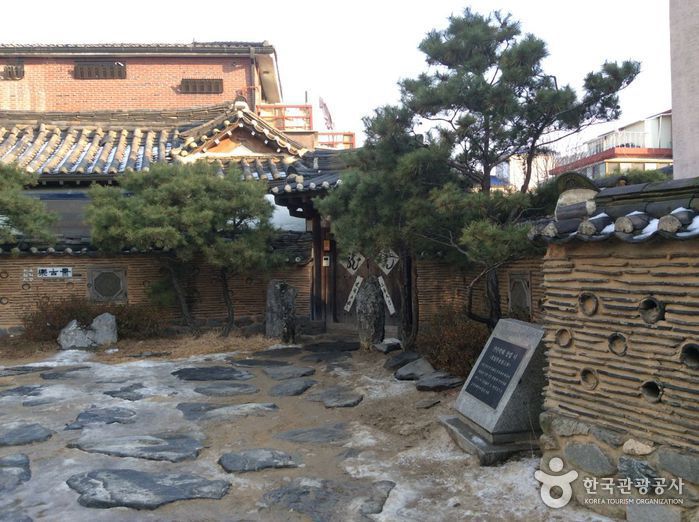
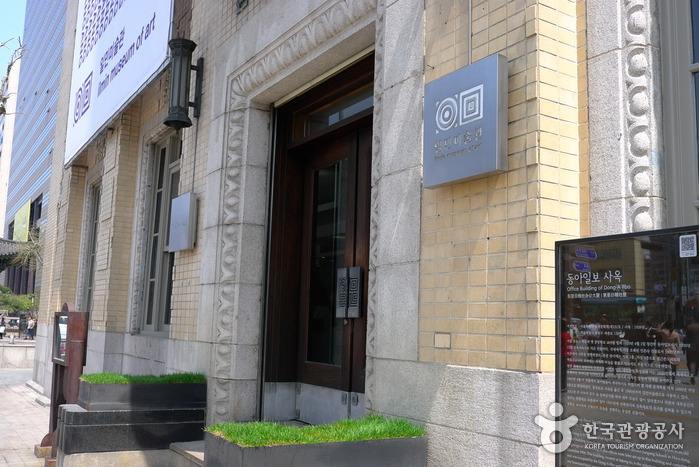
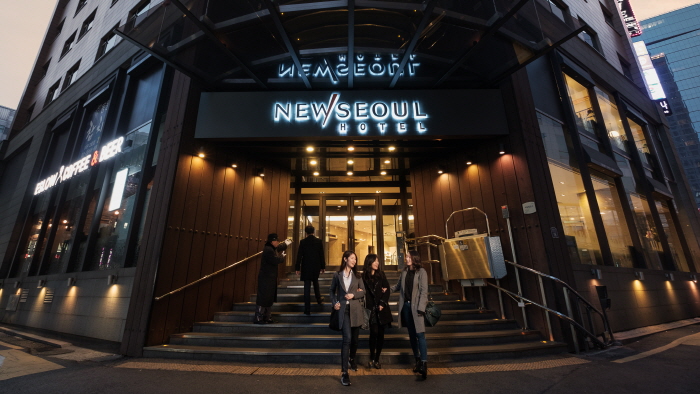
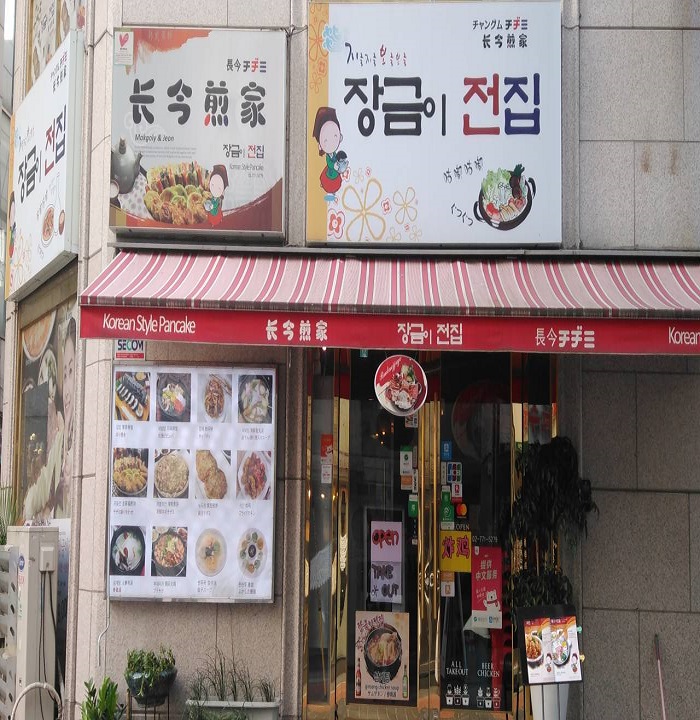
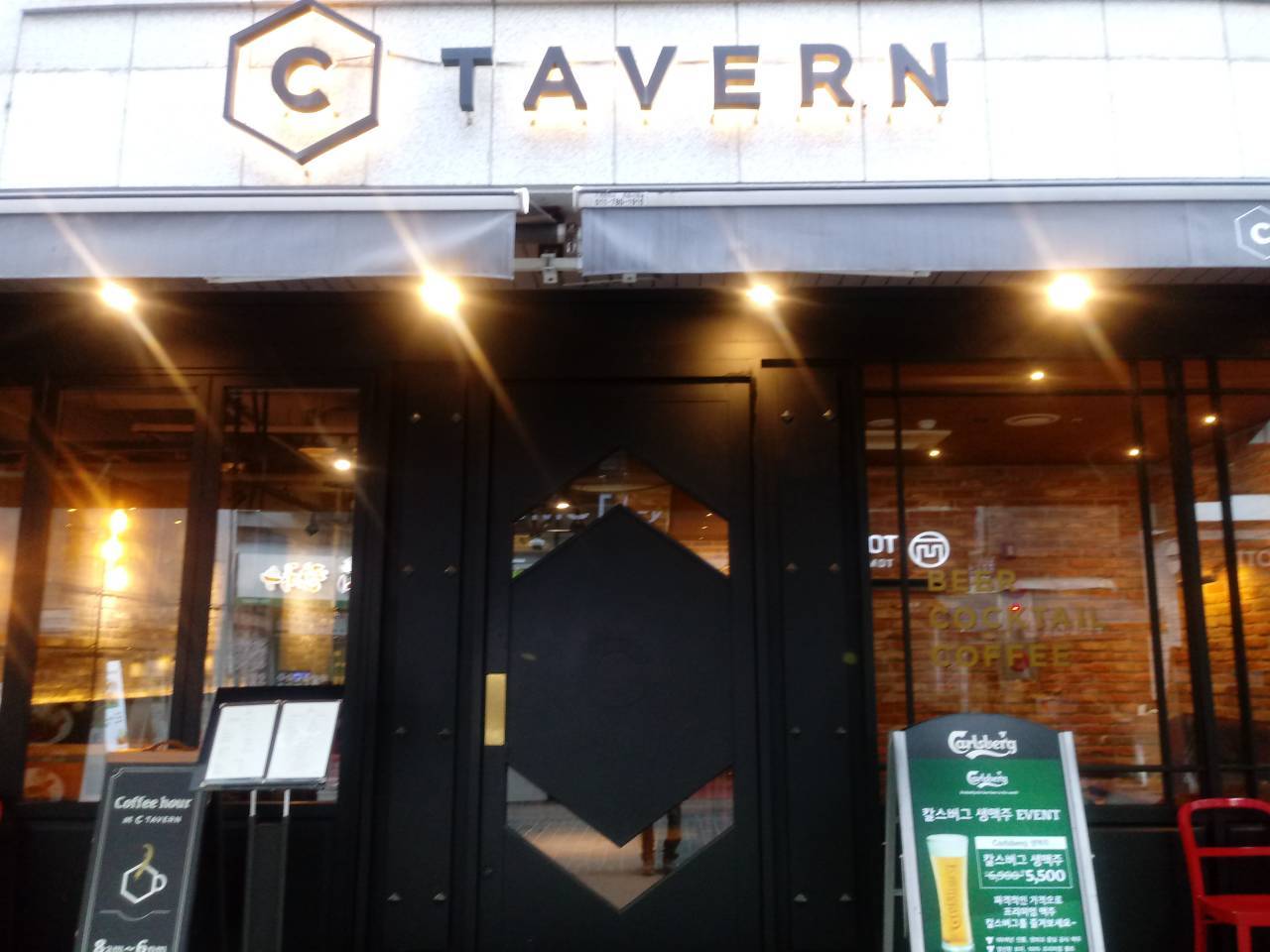
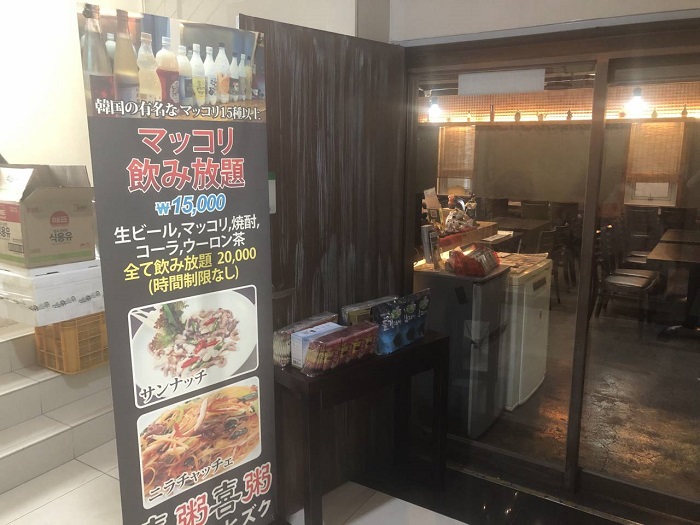
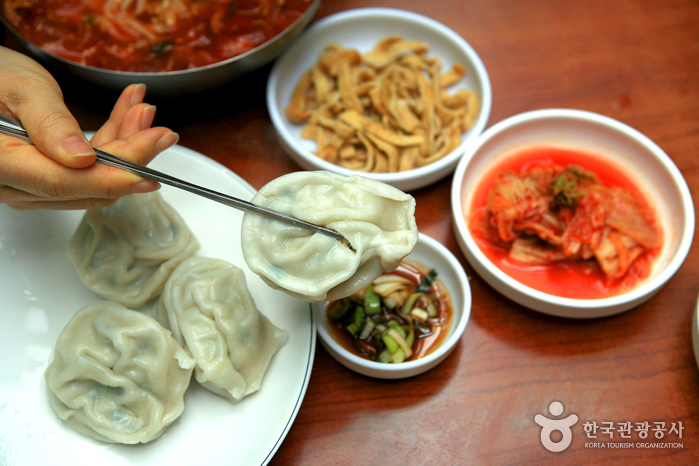
![Rakkojae Seoul Bukchon Hanok Hotel [Korea Qaulity] / 락고재 서울 북촌 한옥호텔 [한국관광 품질인증/Korea Quality]](http://tong.visitkorea.or.kr/cms/resource/40/2698240_image2_1.jpg)
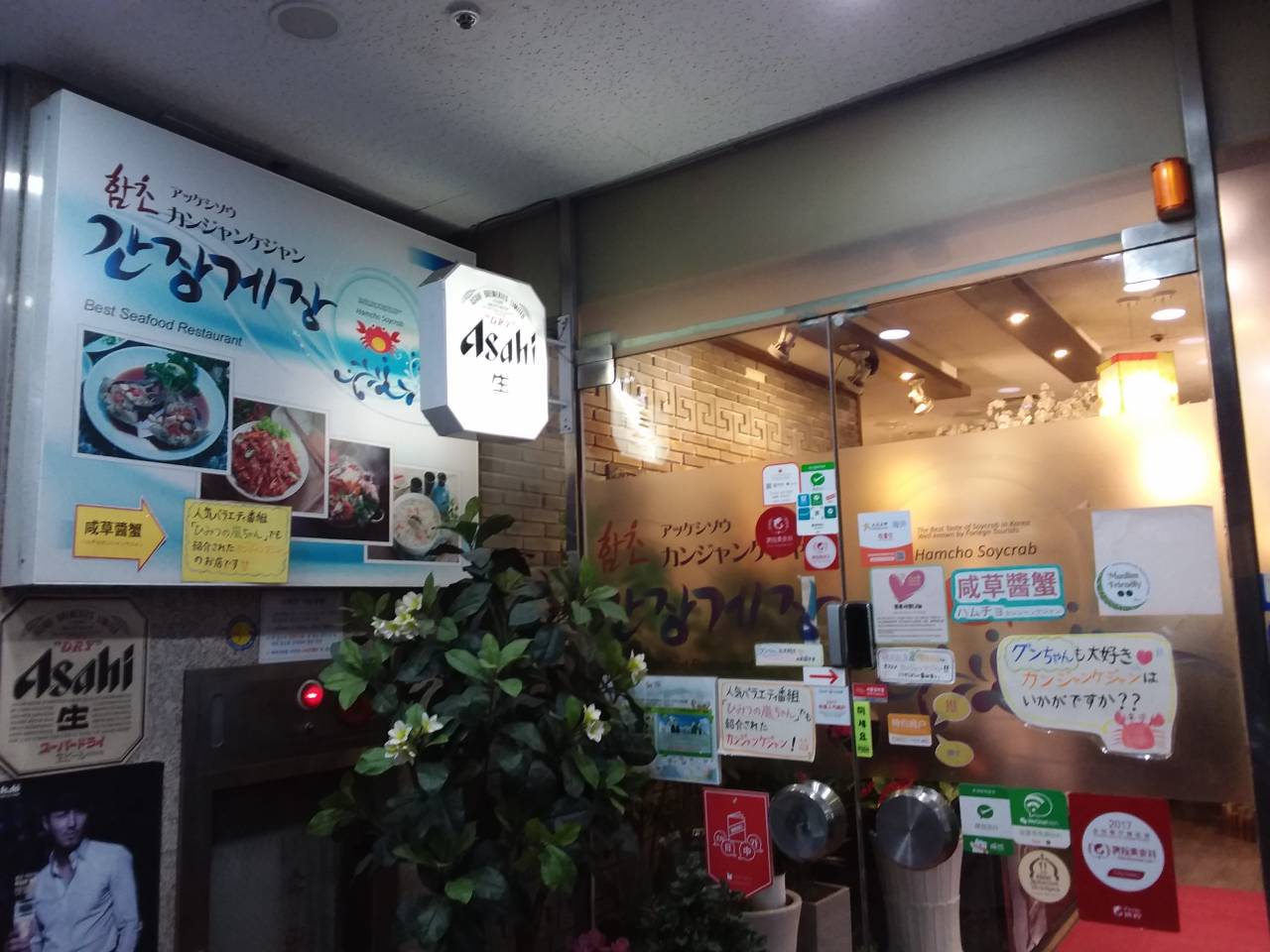
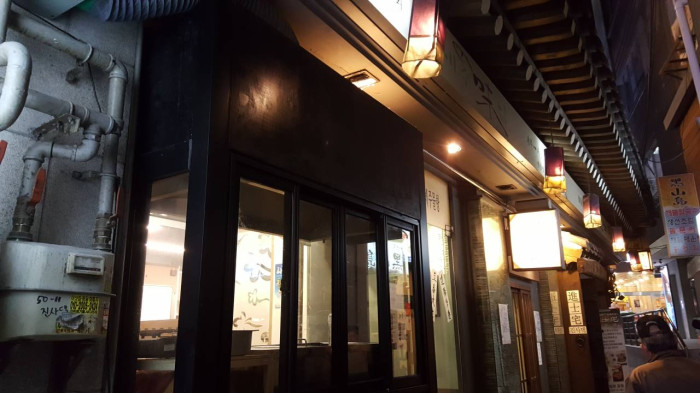
 Français
Français
 한국어
한국어 English
English 日本語
日本語 中文(简体)
中文(简体) Deutsch
Deutsch Español
Español Русский
Русский